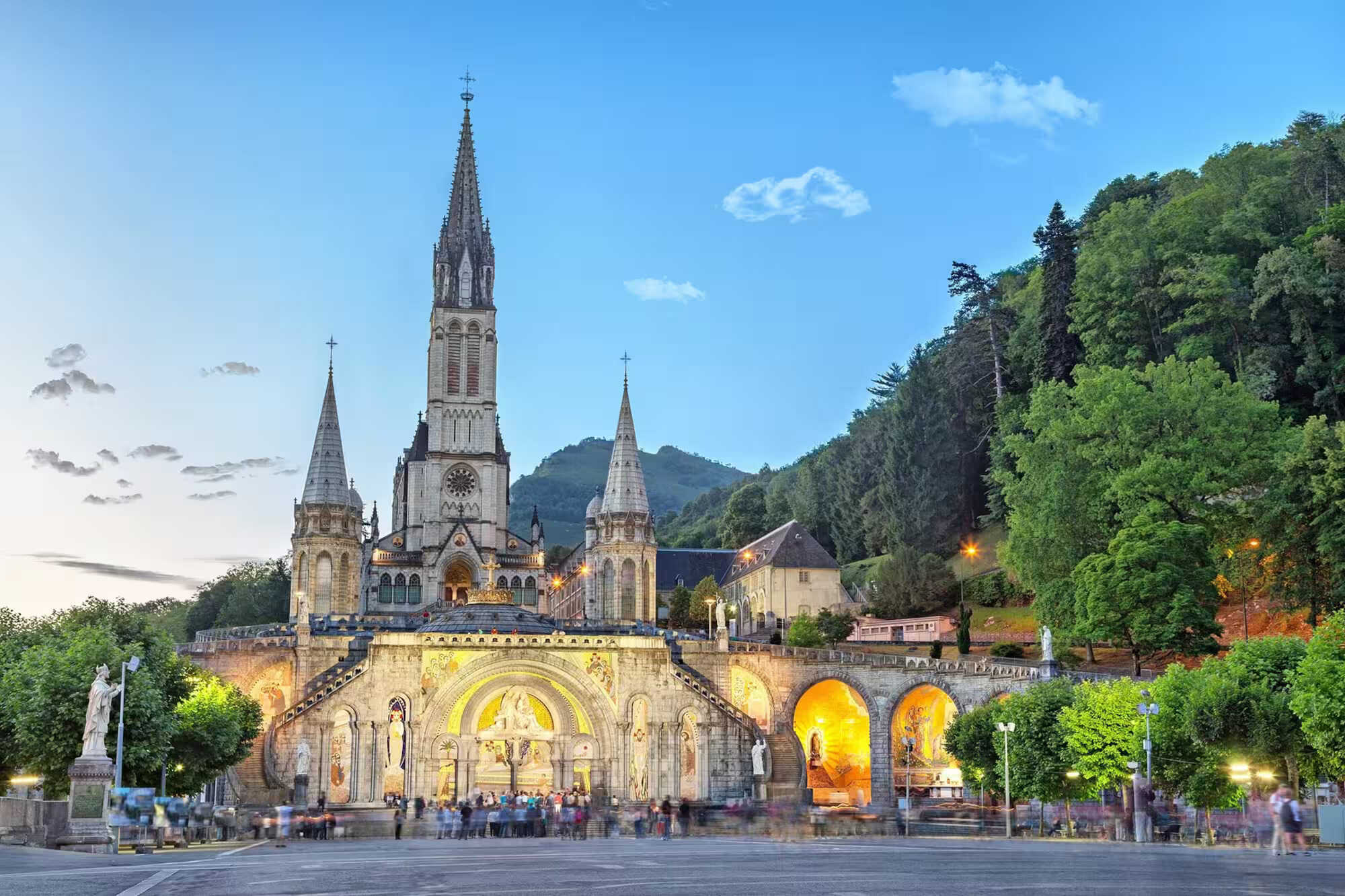
What is a Christian pilgrimage? It's a journey of faith, where believers travel to sacred sites to deepen their spiritual connection. Pilgrimages have been part of Christianity for centuries, with destinations like Jerusalem, Rome, and Santiago de Compostela drawing countless visitors. These journeys often involve walking long distances, reflecting on one's faith, and seeking spiritual renewal. Pilgrims might visit sites associated with Jesus, saints, or significant events in Christian history. While some undertake this journey for penance or healing, others seek a closer relationship with God. Modern pilgrimages can vary greatly, from organized tours to solitary treks. Regardless of the form, the essence remains the same: a quest for spiritual growth and understanding. Whether you're curious about the history or considering embarking on your own pilgrimage, these journeys offer a unique glimpse into the heart of Christian devotion.
Key Takeaways:
- Christian pilgrimage is a journey to sacred sites for spiritual growth and healing. Popular destinations include Jerusalem, Rome, and Lourdes, attracting pilgrims seeking connection, community, and tradition.
- Pilgrims travel on foot, by bicycle, public transport, or organized tours, facing physical, emotional, and logistical challenges. Weather, accommodation, and language barriers add to the adventure of the pilgrimage experience.
What is Christian Pilgrimage?
Christian pilgrimage is a journey taken by believers to sacred sites that hold religious significance. These journeys are often seen as acts of devotion and spiritual growth. Let's explore some intriguing facts about this ancient practice.
-
Ancient Tradition: Christian pilgrimage dates back to the early centuries of Christianity. Pilgrims traveled to places like Jerusalem to walk in the footsteps of Jesus.
-
Holy Land: Jerusalem is one of the most significant destinations. Pilgrims visit sites such as the Church of the Holy Sepulchre, believed to be the location of Jesus' crucifixion and resurrection.
-
Santiago de Compostela: This pilgrimage route in Spain, known as the Camino de Santiago, attracts thousands of pilgrims annually. It ends at the shrine of the apostle Saint James.
-
Rome's Importance: Rome is another key destination, home to the Vatican and St. Peter's Basilica. Pilgrims visit to see the Pope and the tombs of saints.
-
Lourdes: Located in France, Lourdes is famous for the Marian apparitions witnessed by Bernadette Soubirous. Pilgrims seek healing from its spring waters.
Why Do People Go on Pilgrimages?
Pilgrimages are not just about visiting holy places; they are journeys of faith, reflection, and sometimes penance. Here are some reasons why people embark on these spiritual adventures.
-
Spiritual Growth: Many seek a deeper connection with their faith, hoping to grow spiritually and find peace.
-
Healing: Some pilgrims journey for physical or emotional healing, believing in the miraculous powers of certain sites.
-
Penance: Pilgrimages can be acts of penance, where individuals seek forgiveness for their sins.
-
Community: Traveling with others on a pilgrimage fosters a sense of community and shared faith.
-
Tradition: For some, it's about continuing a family or cultural tradition passed down through generations.
How Do Pilgrims Travel?
The journey itself is an essential part of the pilgrimage experience. Pilgrims travel in various ways, each method offering its own challenges and rewards.
-
On Foot: Walking is the traditional way, allowing pilgrims to reflect and connect with their surroundings.
-
By Bicycle: Some choose cycling for a faster pace while still engaging with the journey physically.
-
Public Transport: Buses and trains are common for those who cannot walk long distances but still wish to participate.
-
Organized Tours: Many opt for guided tours, which provide structure and support throughout the pilgrimage.
What Challenges Do Pilgrims Face?
Pilgrimages are not without their difficulties. Pilgrims often encounter physical, emotional, and logistical challenges along the way.
-
Physical Strain: Long distances and rough terrain can be physically demanding, requiring preparation and endurance.
-
Weather Conditions: Pilgrims face varying weather, from scorching heat to heavy rain, which can impact their journey.
-
Accommodation: Finding places to stay can be challenging, especially during peak pilgrimage seasons.
-
Language Barriers: Traveling to foreign countries may present language challenges, requiring patience and adaptability.
Pilgrimage Insights
Christian pilgrimages offer a unique blend of spirituality, history, and personal growth. These journeys connect believers with their faith's roots, providing a deeper understanding of biblical events and sacred sites. Whether it's walking the Camino de Santiago or visiting Jerusalem, each pilgrimage offers a chance for reflection and renewal.
Beyond the spiritual, these trips often foster a sense of community among pilgrims, as shared experiences create lasting bonds. They also provide an opportunity to witness diverse cultures and traditions, enriching one's perspective on the world.
While the journey itself can be challenging, the rewards are profound. Pilgrims return home with a renewed sense of purpose, a deeper connection to their faith, and memories that last a lifetime. Whether you're seeking spiritual growth or simply curious about the history of Christianity, a pilgrimage can be a transformative experience.
Frequently Asked Questions
Was this page helpful?
Our commitment to delivering trustworthy and engaging content is at the heart of what we do. Each fact on our site is contributed by real users like you, bringing a wealth of diverse insights and information. To ensure the highest standards of accuracy and reliability, our dedicated editors meticulously review each submission. This process guarantees that the facts we share are not only fascinating but also credible. Trust in our commitment to quality and authenticity as you explore and learn with us.
